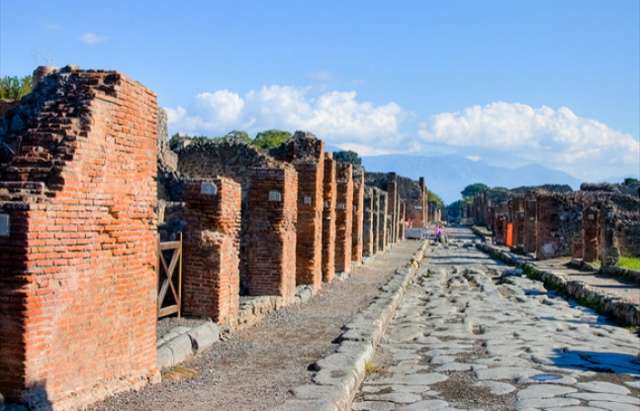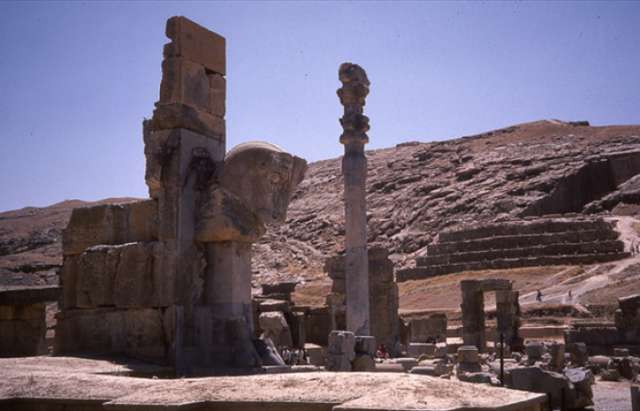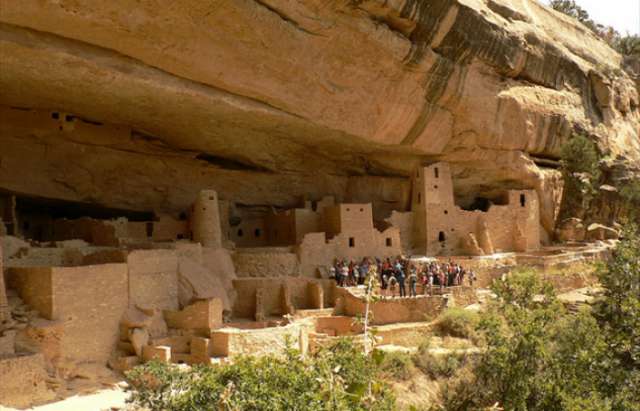
Once the capital of the Khmer Empire, Angkor was a massive city in the jungles of Cambodia that was constructed by Khmer Hindu monarch Jayavarman II. The entire city complex includes over one thousand temples, many of which have been restored and is a UNESCO World Heritage Site. Angkor Wat is one of the most impressive structures in the world and draws millions of tourists every year. In 2007, a team of researchers used satellite photographs to study the 1,000-square-kilometer city in its entirety and to determine that it was the largest pre-industrial city in the world.
Adventure and discovery fill our movie theaters and television screens, awakening the inner Indiana Jones in all of us. This excitement over uncovering some long-lost artifact is thrilling and is what drives many archaeologists and researchers to study ancient civilizations.
Throughout the world there are amazing cities that have been lost to the modern world and await rediscovery. Cities like Petra, Angkor and the infamous Machu Picchu. These spectacular remnants offer a glimpse into the past and showcase the amazing constructions of communities long gone.
Pompeii, Italy

Pompeii is easily one of the most famous lost cities in the world because of the tragic story of Mount Vesuvius’ eruption in 79 AD that blanketed the entire city under ash and pumice. Because of the rapid burial of the city, it was kept mostly intact and looks as though everything was frozen in time, giving archaeologists one of the best examples of an ancient Roman city. Lost for 1,700 years, Pompeii was rediscovered in 1749 by local farmers and it has since become a tourist hotspot. A disaster that destroyed a community now offers visitors a window into Roman society.
Adventure and discovery fill our movie theaters and television screens, awakening the inner Indiana Jones in all of us. This excitement over uncovering some long-lost artifact is thrilling and is what drives many archaeologists and researchers to study ancient civilizations.
Throughout the world there are amazing cities that have been lost to the modern world and await rediscovery. Cities like Petra, Angkor and the infamous Machu Picchu. These spectacular remnants offer a glimpse into the past and showcase the amazing constructions of communities long gone.
Babylon, Iraq

Once home to the Hanging Gardens of Babylon, one of the Seven Wonders of the Ancient World, Babylon’s remains lie south of Baghdad in modern-day Iraq. It was one of Mesopotamia’s first cities and was constructed by an incredibly advanced civilization with a complex language, religion and legal system. The city became Mesopotamia’s “holy city” during the time of the infamous Hammurabi’s reign, and it was there that much of the well-known Hammurabi’s Code was created. Babylon underwent multiple foreign-occupancies and eventually was abandoned and left to fall into ruin.
Petra, Jordan

Made famous by Indiana Jones, Petra was once the capital of the Nabateans and was an important trading center that linked Asia and Arabia with the West. Its intricate, rose-colored buildings were carved directly into the rock and have awed visitors for generations as Jordan’s most popular attraction. The Nabateans utilized Petra’s location on the slope of Jebel al-Madhbah and their skill at constructing water supply systems to establish the city as a major trading hub. Recently named among the New 7 Wonders of the World, Petra is truly spectacular.
Machu Picchu, Peru

Surrounded by towering mountain peaks above the Urubamba Valley and cloaked in clouds, Machu Picchu is one of the most mysterious “lost cities” and was discovered by accident in 1911 by American historian Hiram Bingham. Bingham was looking for another lost city called Vilcabamba but instead stumbled upon what is easily one of the most beautiful cities of the ancient Inca Empire. Only inhabited between the 15th and 16th centuries, archaeologists believe it was abandoned because of the Spanish Conquest. Now a popular tourist spot, it is definitely worth the challenging hike through the Peruvian mountains.
Mesa Verde, United States of America

Constructed under the overhangs of ridges, the cliff dwellings found in Mesa Verde National Park number over 600 and were once home to the Anasazi people. The Anasazi lived in these sandstone, wood and mortar buildings from the 7th to the 14th centuries. Cliff Palace, the most famous of the cliff dwellings, housed around 100 people and was accessible only by ladder. These constructions are truly awe-inspiring and speak to the engineering and building ability of the Anasazi people.
Ani, Turkey

Ani is known as The City of 1,001 Churches and was once the capital of the tenth-century Bagratid Armenian kingdom. The city stood on various trade routes and included some of the most technically and artistically advanced religious buildings, palaces and fortifications in the world at the time. Some of these structures still stand among the ruins left by a Mongol invasion, a devastating earthquake and the eventual abandonment of the city. Recognized as an important cultural, religious and national heritage icon for Armenians, Ani is a beautiful symbol of their great history.
/Paste Magazine/















































